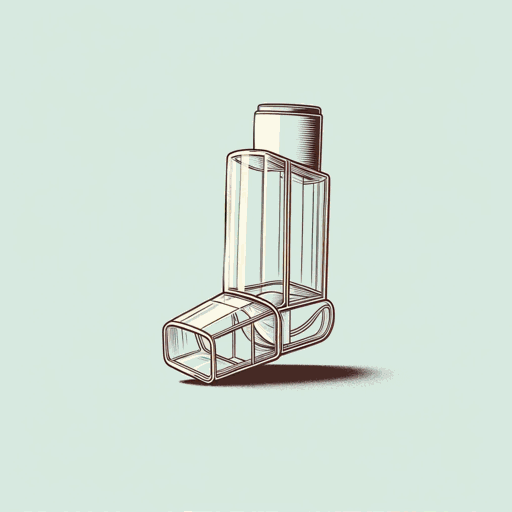55 pages • 1 hour read
Sandie JonesThe Other Woman
Fiction | Novel | Adult | Published in 2018A modern alternative to SparkNotes and CliffsNotes, SuperSummary offers high-quality Study Guides with detailed chapter summaries and analysis of major themes, characters, and more.
Background
Social Context: The Intrusive Mother-in-law Cliché
The literary portrayal of a toxic, overbearing mother-in-law is recognized as a cliché across multiple cultures and literary periods. This character reflects the pervasive negative attitude about maternal intrusion in romantic relationships. Many comedians, movies, television series, and books rely on society’s collective disapproval of this archetypal character to foster sympathy for the people and characters associated with the mother-in-law. Meddlesome mothers-in-law are typically depicted as demanding, egocentric, and overly critical, and they often resort to emotionally abusive and manipulative tactics to accomplish their goals. However, the mother-in-law’s damaging methods are never obviously or aggressively portrayed. An explanation or an underlying reason is readily available to excuse the negative behavior (i.e., a mother’s need to nurture her child).
Pammie represents the overbearing mother-in-law cliché in The Other Woman. Pammie ridicules Emily’s physical appearance, her weight, the cleanliness of her home, how many hours she works, her behavior toward Adam, and her parenting style. Pammie attempts to enforce ridiculous, domineering boundaries and becomes emotional when feeling wronged, causing those around her to console her and yield to her demands. Pammie insists Emily sleep on the couch while spending the night: “‘If you loved me and respected me, you wouldn’t have even asked.
Featured Collections
Forgiveness
View Collection
Horror, Thrillers, & Suspense
View Collection
Mothers
View Collection
Mystery & Crime
View Collection
Nature Versus Nurture
View Collection
New York Times Best Sellers
View Collection
Psychological Fiction
View Collection
Reese Witherspoon's Hello Sunshine...
View Collection
Safety & Danger
View Collection
Sexual Harassment & Violence
View Collection
Trust & Doubt
View Collection
Truth & Lies
View Collection

